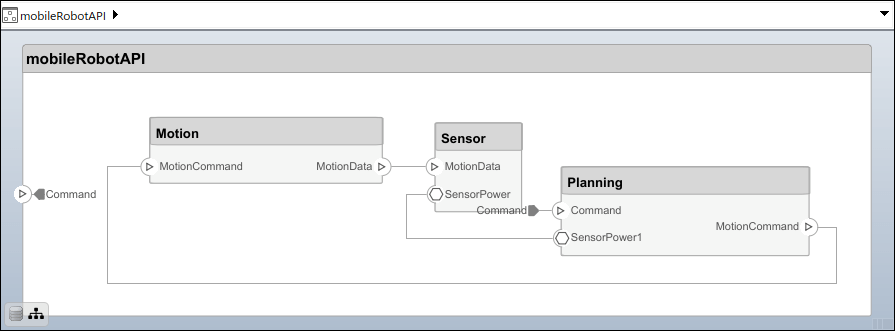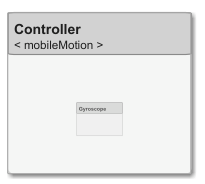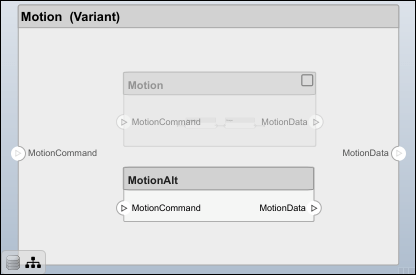systemcomposer.arch.Architecture
模型中的架构
说明
Architecture 对象表示 System Composer™ 模型中的架构。该类派生自 systemcomposer.arch.Element 。
创建对象
使用 systemcomposer.createModel 函数创建模型,并使用 systemcomposer.arch.Model 对象上的 Architecture 属性获取根架构。
model = systemcomposer.createModel('archModel'); arch = get(model,'Architecture')
属性
对象函数
addComponent | 为架构添加组件 |
addVariantComponent | 为架构添加变体组件 |
addPort | 为架构添加端口 |
addFunction | 为软件组件的架构添加函数 |
addParameter | 为架构添加参数 |
getParameter | 从架构或组件获取参数 |
connect | 创建架构模型连接 |
smartConnect | 使用端口名称或自定义策略自动连接模型中的选定组件 |
getUnconnectedPorts | 获取未连接的端口 |
getSmartConnectPolicy | 获取智能连接政策 |
setSmartConnectPolicy | 设置智能连接策略 |
setMaskImage | 将封装图像应用到组件 |
applyStereotype | 为架构模型元素应用构造型 |
getStereotypes | 获取应用于架构模型元素的构造型 |
changeStereotype | 将当前应用的构造型更改为其构造型层次结构中的新构造型 |
removeStereotype | 从模型元素中移除构造型 |
batchApplyStereotype | 将构造型应用于架构中的所有元素 |
iterate | 遍历模型元素 |
instantiate | 根据规范创建分析实例 |
setProperty | 设置与应用于元素的构造型相对应的属性值 |
getProperty | 获取与应用于元素的构造型相对应的属性值 |
getPropertyValue | 获取架构属性值 |
getEvaluatedPropertyValue | 从元素中获取属性的计算值 |
getStereotypeProperties | 获取元素上的构造型属性名称 |
removeProfile | 从模型中移除配置文件 |
applyProfile | 将配置文件应用到模型 |
hasStereotype | 查找元素是否已应用构造型 |
hasProperty | 查找元素是否具有属性 |
getEvaluatedParameterValue | 从元素中获取参数的计算值 |
getParameterNames | 获取元素上的参数名 |
getParameterValue | 获取参数值 |
setParameterValue | 设置参数值 |
setUnit | 设置参数值的单位 |
resetParameterToDefault | 将组件上的参数重置为默认值 |
示例
详细信息
版本历史记录
在 R2019a 中推出
另请参阅
函数
iterate|getQualifiedName|lookup|systemcomposer.createModel|systemcomposer.loadModel|systemcomposer.openModel|open|save|close|createArchitectureModel|createArchitectureSubsystem|linkToModel|inlineComponent|addComponent|addPort|getPort|setName|connect|setMaskImage|IsAdapterComponent|smartConnect|getUnconnectedPorts|getSmartConnectPolicy|setSmartConnectPolicy|destroy
对象
systemcomposer.arch.Element|systemcomposer.arch.Component|systemcomposer.arch.ComponentPort|systemcomposer.arch.ArchitecturePort|systemcomposer.arch.Connector|systemcomposer.arch.PhysicalConnector





